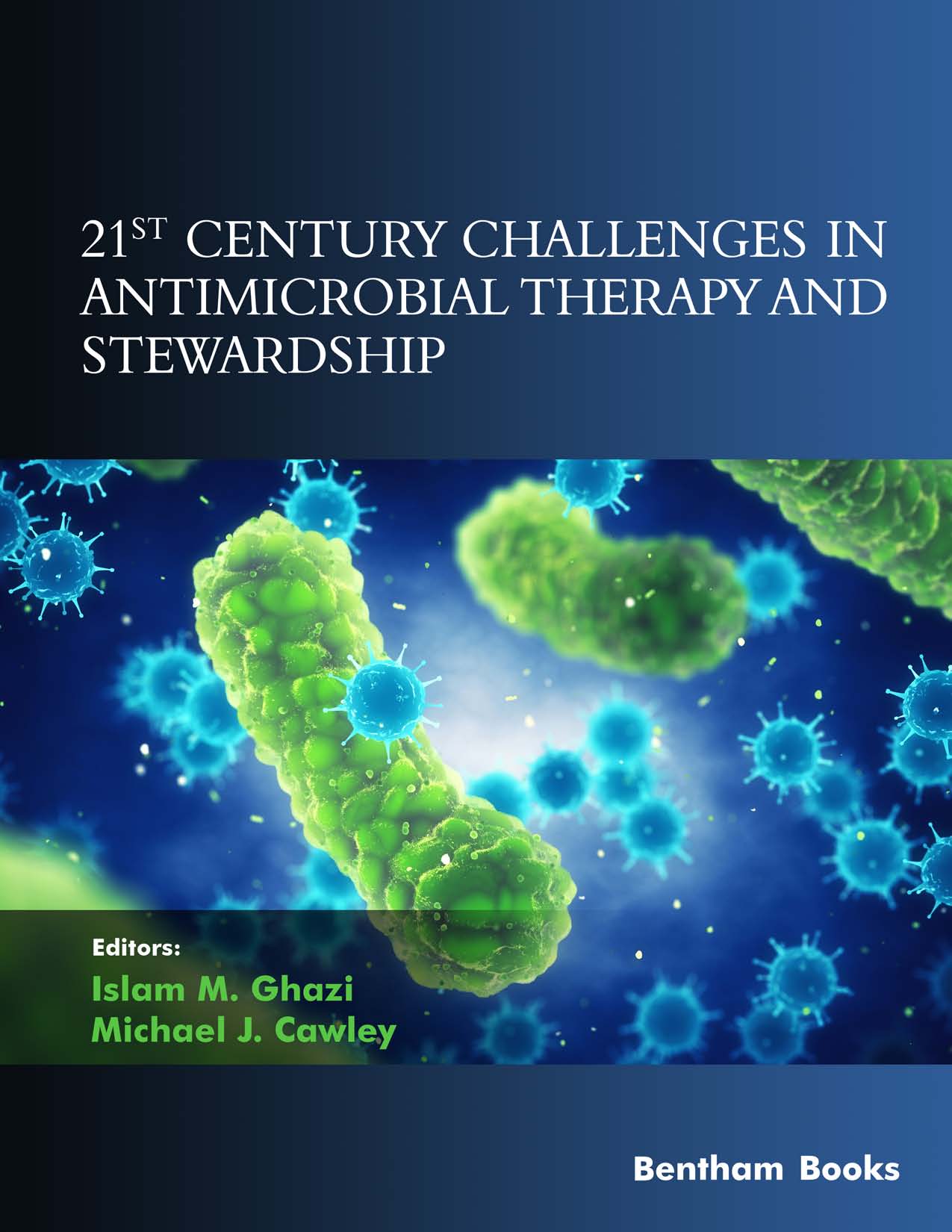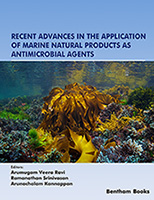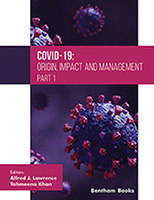Introduction
21st Century Challenges in Antimicrobial Therapy and Stewardship addresses selected topics that are of importance in the practice of infectious disease management. The text starts by illustrating the global landscape of antimicrobial drug resistance, which influences antimicrobial use and therapeutic decisions in the clinic. The contributors explain the reasons for the spread of antibiotic resistance, the pharmacology of antibiotics of different classes, innovative drug delivery methods which can improve the efficacy and safety of new drug candidates and achieve targeted drug delivery as well as drug resistance monitoring techniques and issues in the practice of antimicrobial stewardship and infection control.
Key Features:
- 14 organized chapters on several aspects of antimicrobial therapy and stewardship
- Introductory knowledge on global antimicrobial trends
- Coverage of molecular basis of antimicrobial resistance in gram positive, gram negative and fungal microbes
- Focused coverage on new developments in antimicrobial drug development, drug delivery, formulation and diagnostic tools
- Information on unmet needs of patients and clinicians, including the treatment of difficult infections
- Comprehensive coverage of issues in antimicrobial stewardship
21st Century Challenges in Antimicrobial Therapy and Stewardship brings to readers – healthcare administrators, educators, pharmacists, clinicians and students, alike – the knowledge of the molecular basis of antimicrobial drug therapy, drug resistance in pathogens and current practices in antimicrobial stewardship programs. This knowledge, in turn, fosters an awareness among healthcare industry participants to collaborate in an interprofessional environment to combat multidrug resistance.





